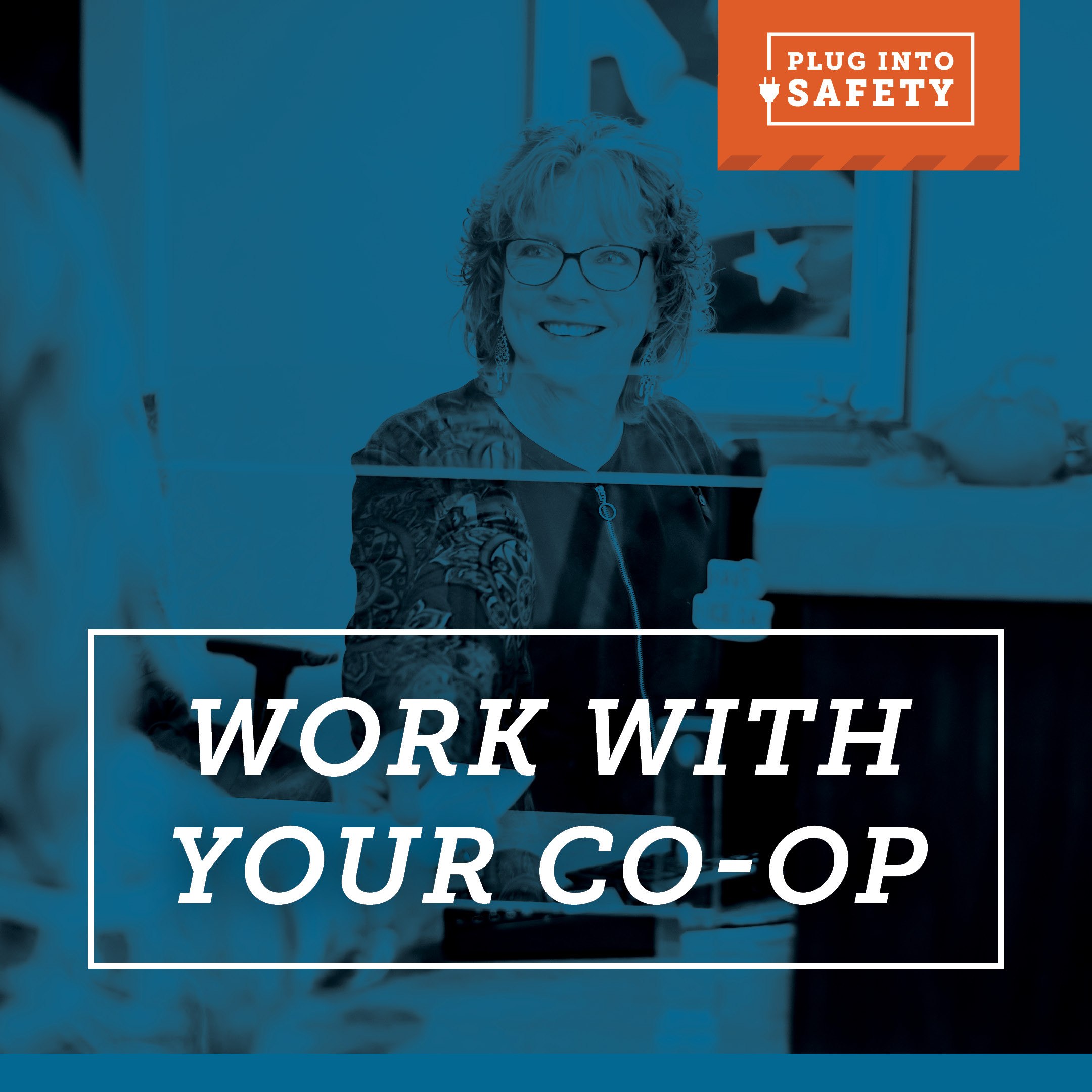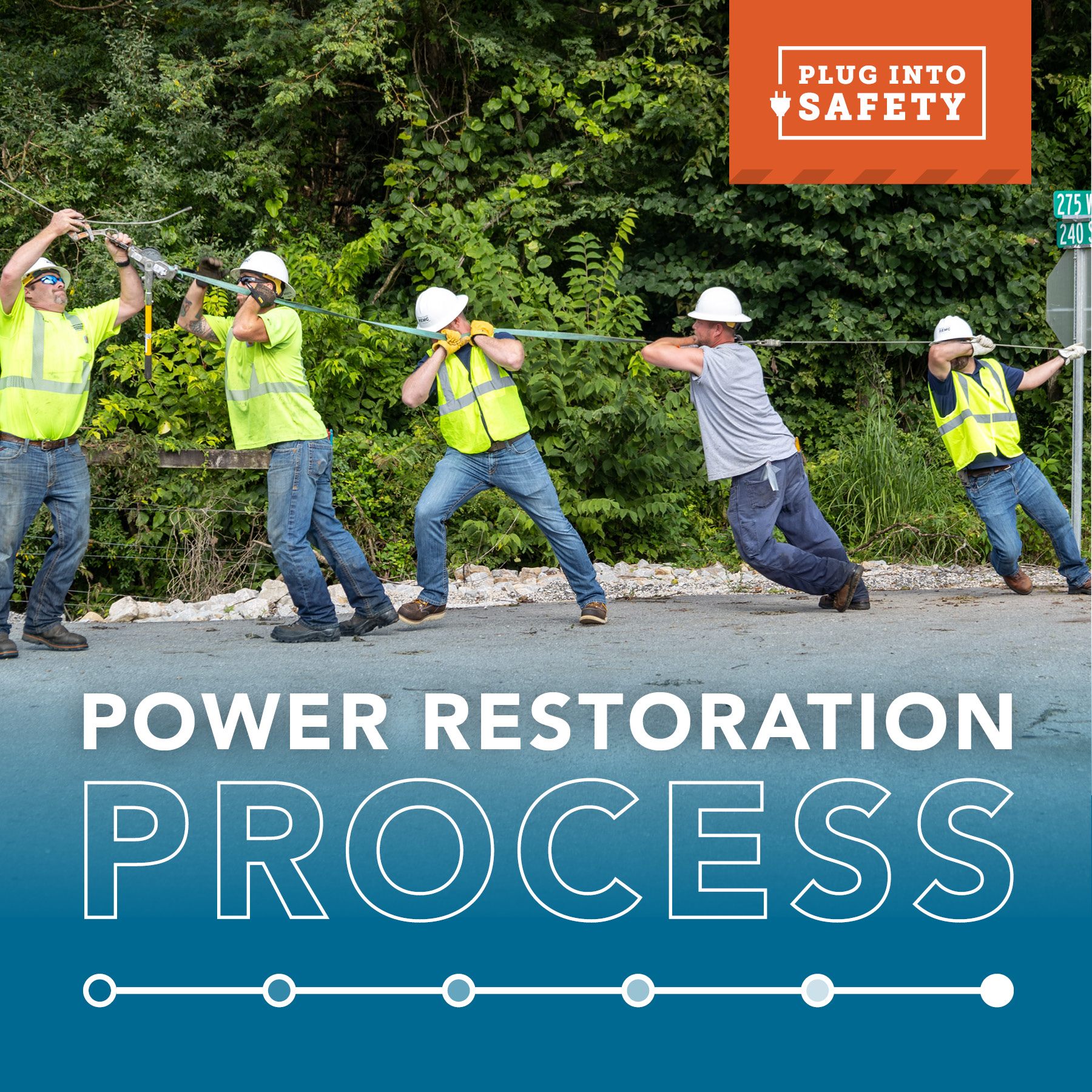Today’s home appliances can do much more than the products from just a generation ago. They’re also much safer, thanks to a variety of devices that have been developed in the last half-century, says Rick Coons, CEO at Indiana Electric Cooperatives (IEC).
“Appliance safety devices do a great job of minimizing the possibility of receiving a dangerous electrical shock or causing a fire,” explains Coons. “However, those devices work only when used correctly. Disabling or bypassing them means you could expose yourself to hazards.”
The electrical grounding in your home also plays an important role in appliance safety. Grounding screws and third prongs on electrical plugs are part of a system that protects you from electrical shocks, short circuits, voltage leaks, and static electricity. They’re all there for your protection. For example, if there’s a short circuit in an appliance with a metal housing, such as an electric stove, grounding makes sure the voltage doesn’t reach the user.
Coons notes that safety devices are part of appliances used throughout the home. “If you open the door while your microwave oven is operating, a small switch in the door automatically shuts it down. That way, you won’t be exposed to any radiation. Electrical outlets near sinks use ground-fault circuit interrupters (GFCIs) to stop the flow of current if a device such as a hand mixer comes in contact with water. Many of those devices also have built-in grounding to keep users from being shocked.”
Because water is an excellent conductor of electricity, safety devices are particularly important in bathrooms. “Hair dryers usually have two types of safety devices,” says Coons. “One instantly shuts off the current if there’s a short circuit or the dryer comes in contact with water. The other shuts the electricity off if the dryer becomes too hot.” Whirlpool baths and spas use similar technology to ensure that bathers don’t get shocked if a problem develops.
Devices for use in living rooms, bedrooms, and other parts of the house also have built-in safety devices. TVs, audio, and computer equipment have circuit breakers that protect their sensitive electronic circuits. For added protection from lightning and power surges, you can plug them into a surge protector. Another example of a safety device is the tip-over switches that shut space heaters off if someone knocks them over.
IEC recommends to always take time to read the owner’s manual or other instructions that come with your appliances. Be sure you understand how to use the appliance properly and be better aware of the safety devices that protect you.
SOURCES: Georgia State University, Wikianswers.com.





